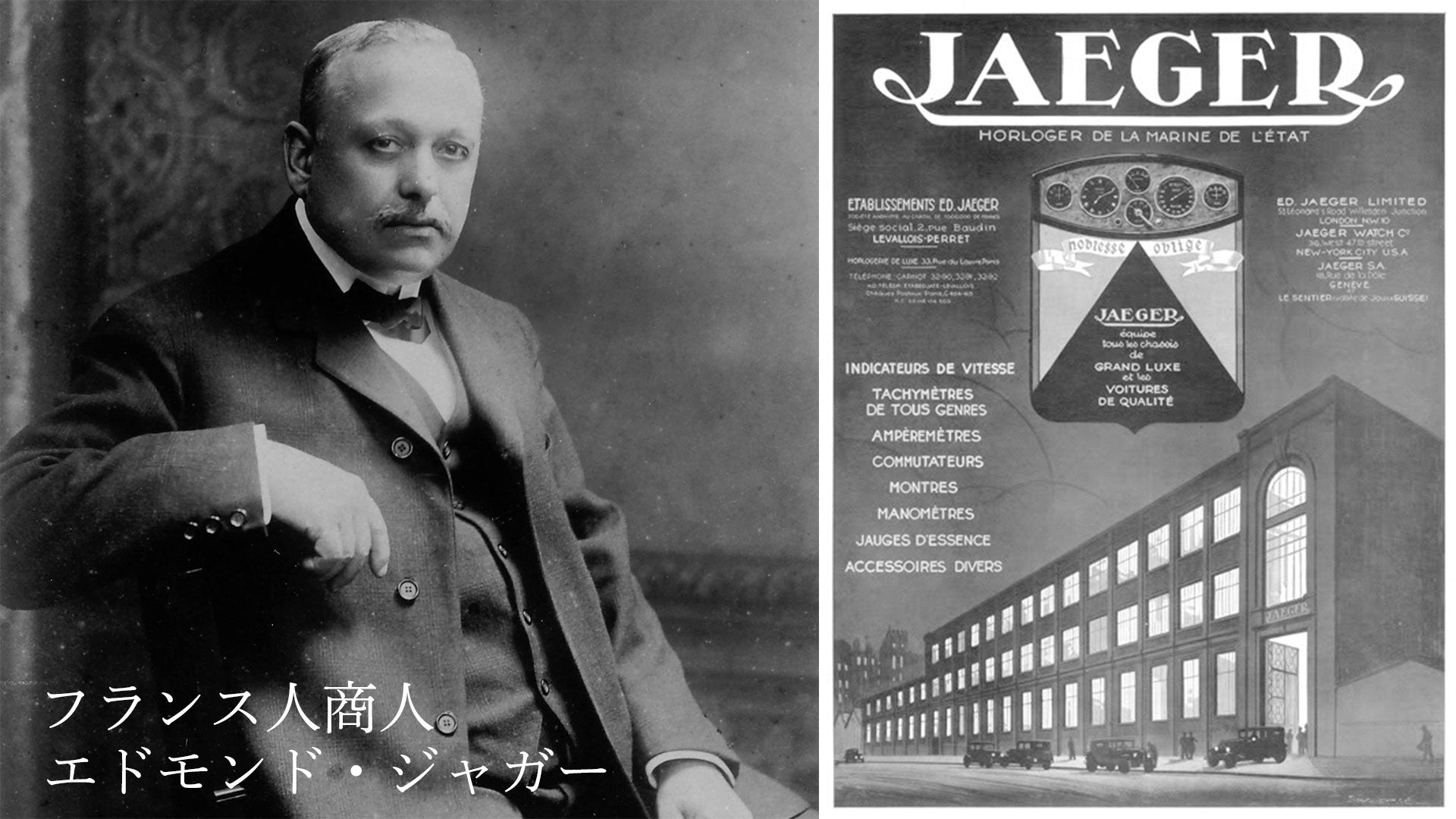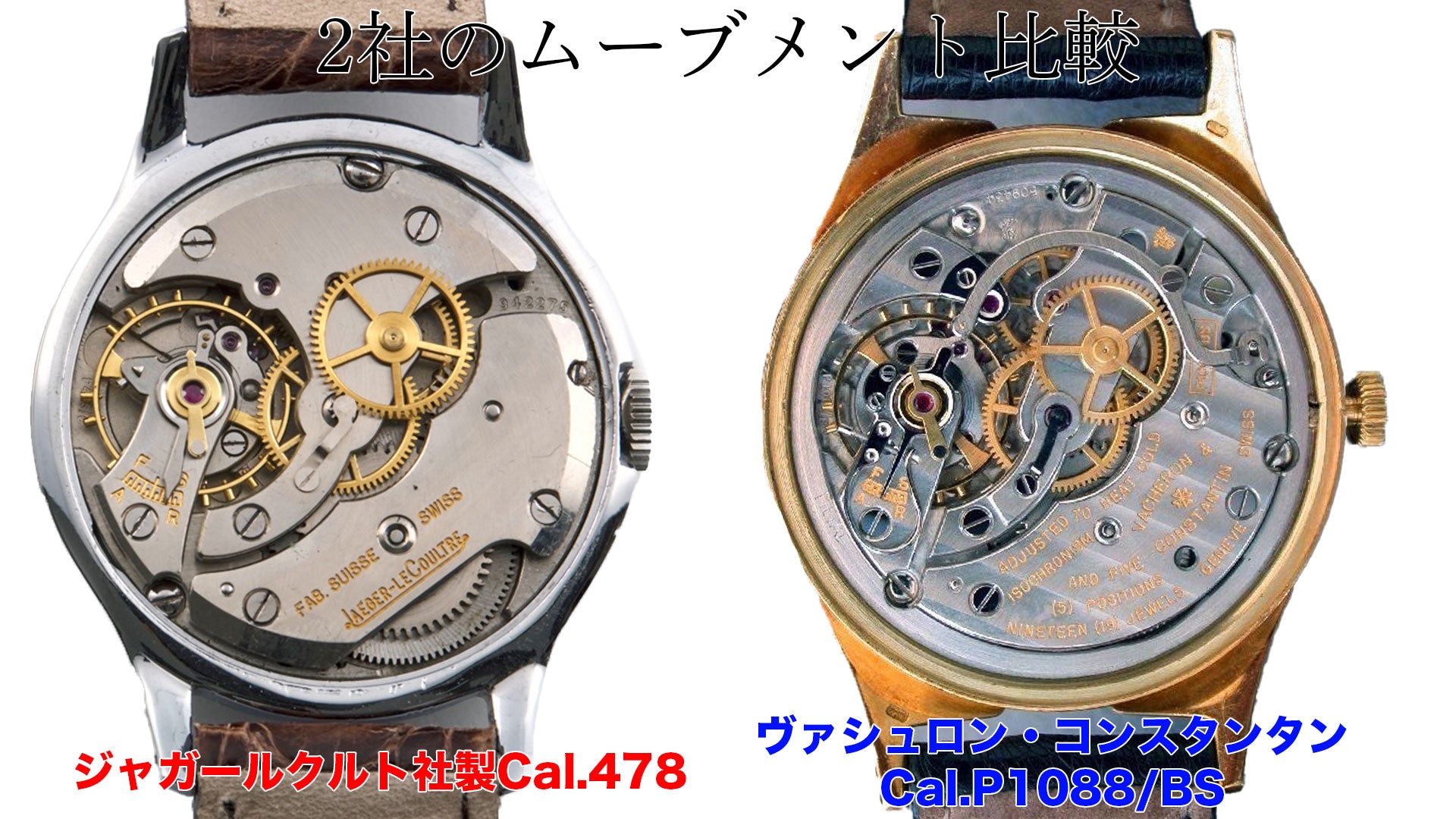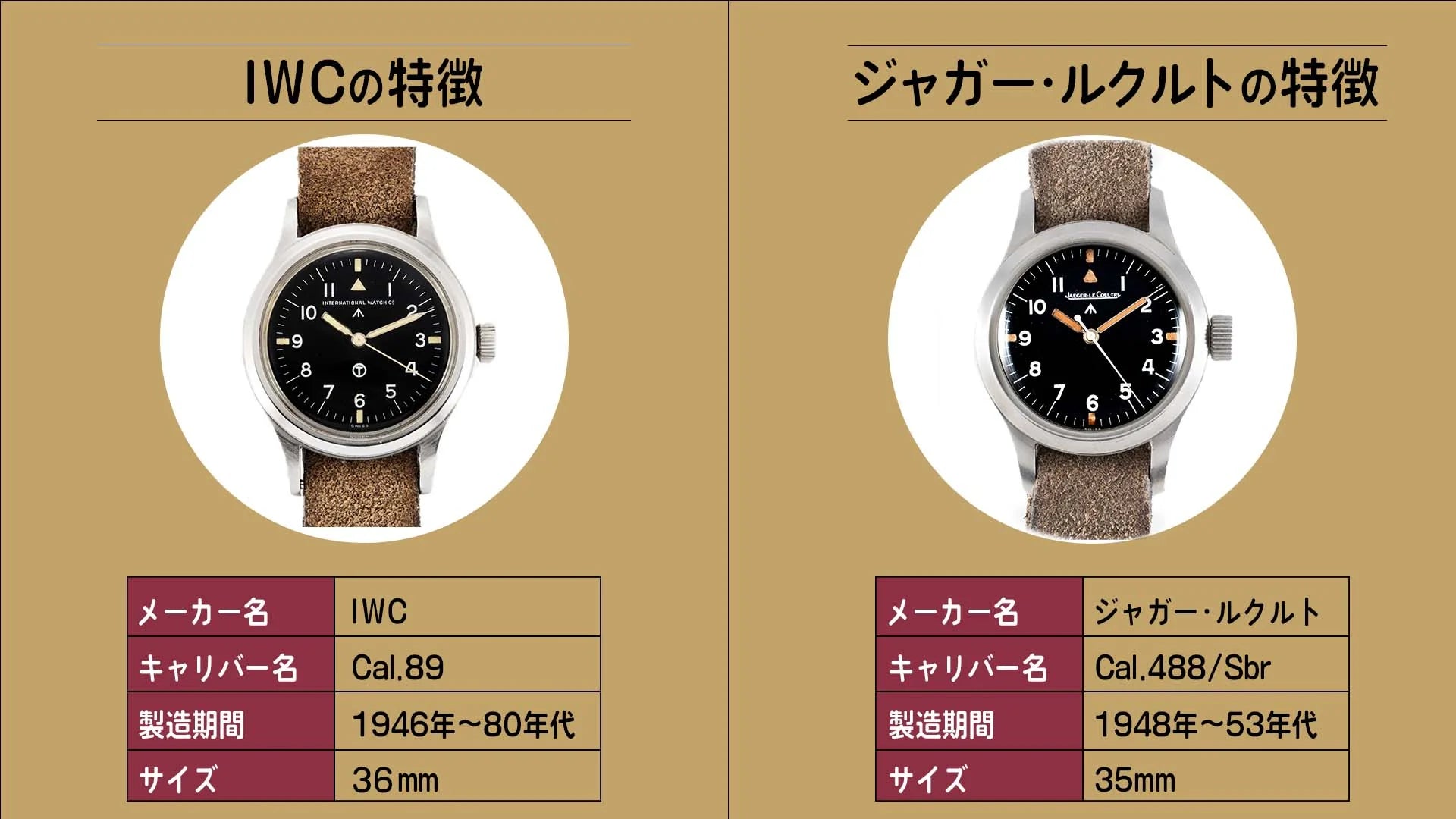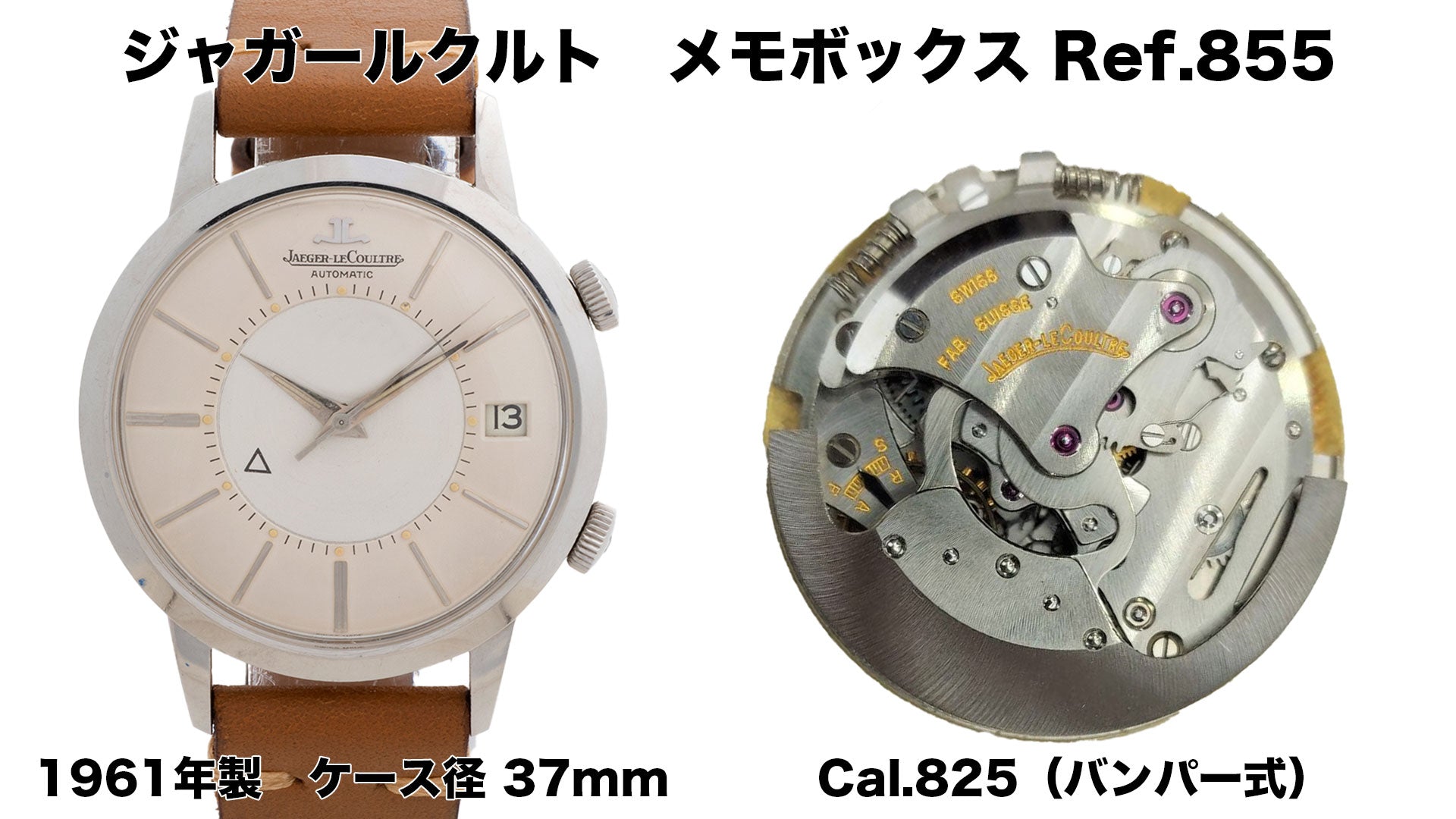Click here to watch a video about the history and appeal of Jaeger-LeCoultre.
Speaking of Jaeger-LeCoultre, I think most men are familiar with it, but it has a different position than Rolex, and I feel that words like "delicate" and "artisanal" would be a better fit for the brand.
By reading this article, you will learn about the history of Jaeger-LeCoultre and what is so great about it.
I think you will be able to understand about 90% of the representative models, so please read to the end.
History of Jaeger-LeCoultre
Now, let's take a quick look at its history.

Jaeger-LeCoultre was founded in the Vallée de Joux in Switzerland in 1833, about 200 years ago. It all began when Antoine LeCoultre opened a small workshop.
He was a genius with precision machinery and demonstrated extraordinary talent, succeeding in creating complex mechanisms while still in his teens .

*Source: Jaeger-LeCoultre official website
That's how LeCoultre Kana cutting machine ( Gear cutting machines (the very small gear parts used in watches are called pinions) and other small parts can be measured in micron units. He invented precision instruments such as the millionometer, dramatically improving the accuracy of watchmaking.
Additionally, the company was one of the first to establish a manufacturing system in which all necessary parts were produced in-house within the workshop, creating a system for the stable production of high-quality watches.
It was Antoine LeCoultre who developed the "keyless hand-wound watch," and it is said that without his achievements, the development of wristwatches would have been much slower.
Meeting Edmund Jagger

In the 20th century, the founder's grandson Jacques-David LeCoultre meets Edmond Jaeger, a French watch dealer.
The man was Jaeger, who founded his own company in Paris in 1880 and worked as a watchmaker for the French Navy , developing precision measuring instruments such as chronographs, tachymeters, tachometers, and gauges for airplanes and automobiles .
When Jaguar brought the ultra-thin movement that it had designed and engineered to various Swiss watch brands, only LeCoultre was able to say that it could be made; no other company was able to create an ultra-thin movement.
In this way, the 1.38mm thick Cal. 145, which was completed in collaboration with Jaguar, who had excellent aesthetic sense, became the world's thinnest pocket watch movement, and became the starting point for the future Jaeger-LeCoultre.
By the way, this is just a side note, but Mr. Jaguar was also a businessman and was very skilled at selling watches.
The movement that they created in collaboration with LeCoultre was shown to Cartier, and Cartier also decided to adopt LeCoultre's movements.
In the first place, Cartier was more conscious of its brand as jewelry than it is now, and in order to achieve a slim design, they wanted a thin movement.
In 1931 , the famous Reverso was created at the request of Swiss businessman César de Trey .
In 1937, the company name was changed to Jaeger-LeCoultre, which is the name it still holds today.
Relationship with the three major watch brands
In 1866, LeCoultre&Cie, the first full-scale manufacture, was founded, and by 1888 the company had grown to employ over 500 people .
With its excellent watchmaking skills and production capacity, the company supplied movements to many manufacturers , and from 1902 it began producing the majority of movements for Patek Philippe.
As with Cartier mentioned earlier, Jaeger-LeCoultre also supplies movements to the three major watch brands , Patek Philippe, Audemars Piguet, and Vacheron Constantin, due to its high level of technical expertise .
So, to summarise, in the early days of Jaeger-LeCoultre, It is a "premium ebauche maker" and originally started out as a company producing high-quality movements.
At the time, the three major watch brands were modifying the movements supplied by Jaeger-LeCoultre in-house and installing them in their watches.
Now let's look at one of these examples.
The one on the left is Jaeger-LeCoultre's base movement, and the one on the right is the one modified by Vacheron.

Jaeger-LeCoultre has a movement called Cal. 478, and Caliber P1088/BS is a special movement that is finished by Vacheron Constantin using this as the base ebauche.
Although some of the parts have different shapes, you can see that the gear train is located in the same place.
So is Vacheron simply tweaking the look a little?
Of course not.
Finished with Vacheron, it has five positions for posture adjustment.
Therefore, the precision is perfectly adjusted, and although the original base movement is already impressive, it exceeds it even further.
Of particular note is the splendor of the Côtes d'Genève decoration, which is recommended in accordance with the procedures stipulated by the Geneva Seal. This further refines the already high-class Jaeger-LeCoultre movement, making it even more beautiful and pleasing to the eye.
So, although I've mentioned Vacheron this time, Patek and Audemars are pretty much the same, making good things even better.
Jaeger-LeCoultre's flagship model
Now, let's take a look at some of Jaeger-LeCoultre's most representative models through the years.
1931 Development of the Reverso

As many of you may know, Reverso means "rotating" in Latin.
That's right, the case rotates from side to side. This was because the crystal could be flipped over during polo, a sport popular among the aristocracy at the time, to prevent it from breaking if it was subjected to a strong impact.
At the same time, since the metal part is revealed when the watch is inverted, it was popular among aristocrats at the time to have their initials engraved on their possessions, and the Reverso, which allowed this, became a popular model among the aristocracy.
By the way, Cartier comes up again, but they also have an inverted case, a model called the Basculante.
This model rotates vertically, and it is safe to say that it was only possible for the company to create this model thanks to its close relationship with Jaeger-LeCoultre.
Mark 11

When you think of Mark 11, many people may think of IWC, but Jaeger-LeCoultre has also adopted it.
Jaeger-LeCoultre's Mark 11 began production in 1946, and even though I am a fan, it did not reach the quality of IWC, so it is understandable why the contract was terminated midway through, but it is still an excellent watch when viewed from a modern perspective.
The case is waterproof with a screw back and has an inner case to improve magnetic resistance.
Triple Calendar

When introducing Jaeger- LeCoultre 's signature models, it would be impossible to leave out the triple calendar.
After World War II ended and wristwatches began to become more popular among the general public, the functions that were desired were more useful in everyday life, such as calendar displays, and various brands began producing models with triple calendars and triple calendar moon phases.
This Jaeger-LeCoultre Tri-Carre was created in 1944 and was produced until around 1949 .
Cal. 484 is based on Cal. 449, which was originally a three-hand movement, and is equipped with a calendar function.
The small window on the left represents the day of the week, and the one on the right represents the month. Numbers up to 31 are arranged around the outer circumference; these represent the dates, and the red hand indicates each day.
Although it wasn't a modern version of the Apple Watch, at the time it was a functional watch that gave you all the information you needed with just one device.
Please take a look at this image too↓

This is also a Tri-Calendar model, but it is rectangular and also has the moon symbol added.
The movement used is the square-shaped Cal. 494A, and the fact that it is able to display the day of the week, month, and moon phase in a limited space is a testament to Jaeger-LeCoultre's high level of technical skill.

This is an extremely rare model, so it is not easy to come across, but a reproduction model was made in 1983 in a limited edition of 600 pieces, so if you are looking to get your hands on one, this may be the more realistic option.
By the way, this is a reproduction model, but it seems that not all of it was produced in 1949, so it is made using parts from that time.
Memobox

The Memovox, introduced in 1950, is known as a pioneer of the alarm watch , with two independent crowns that allowed the time and alarm to be set separately.
The most commonly known model is the one with a date display, which is the Cal. 825 model with bumper winding and hammer alarm.
In this day and age, it is unlikely that anyone would actually use the alarm function, but the double crown design is still very cool and vintage.
Although only a small number were produced, there are many variations with different details, making this model a collector's item even today.
In 2010, it was revived as the Master Memovox, and while it retains its history and tradition, it also incorporates modern elements, giving it a sophisticated look.
Polaris: The evolution of the Memovox

Polaris is a diver's watch that combines the waterproof capabilities of the Memovox.
In addition to the alarm function, it can also measure diving time, making it suitable for more active situations.
This is because, at the time, waterproof watches were produced by brands such as Blancpain and Rolex, and other watch companies began to make waterproof watches as well.
In terms of actual specs, it has a full range of functions as a diver's watch, including 200m water resistance, a rotating bezel, and luminous indexes and hands .
With a sporty design and a case diameter of 42mm, it has a different appeal to the Memovox and is also very cool, but with only 1,714 units produced in total, it will be nearly impossible to actually get your hands on one.
By the way, this case is made by Francois Vogel, a manufacturer that specialized in making cases at the time. They are a very deep manufacturer, so if you are interested, please check out this video.
1958 Geophysic Chronometer

Jaeger-LeCoultre's Geophysic was introduced in 1958 and was developed for scientists and researchers. It is anti-magnetic, waterproof, and equipped with luminous paint for improved visibility.
So far, it sounds a bit like the Injunior from Mark XI, but I think it's safe to say they're basically the same thing.
However, this model was chronometerized and was designed to achieve a high degree of precision.
On the other hand, IWC's Ingenieur is designed specifically for antimagnetic properties, so although they may look similar, they actually have different emphasis.
The movement installed in the Mark 11, which I explained earlier, is almost identical to the one in the Geophysic, and has the same design except for the fact that it has a swan-neck regulator, which makes it a chronometer.
By the way, it seems that the number of Geophysics produced at that time was quite small, and it is not something that can be found today.
1992 Master Control 1000

The second major series alongside the Reverso is the Master Control 1000.
The number 1000 stands for this model name because the watch undergoes 1000 hours of precision testing before shipping .
Considering that chronometer tests conducted by public testing agencies such as COSC take about two weeks (15 days), you can see how long and rigorous 1,000 hours (about six weeks) is.
Furthermore , what makes the Master Control test fundamentally different from the chronometer testing method is that the test is conducted on the finished product, that is, the casing, i.e. the movement assembled into the case along with the dial, hands, and other exterior parts.
(Chronometer tests the movement only).
We conduct performance tests in six different positions in a wide range of temperature environments from 4 degrees to 40 degrees , as well as shock resistance and magnetic resistance tests, and a final running test.
By carrying out tests covering every possible scenario during the six-week period when a mechanical watch is most susceptible to accuracy problems , the Master Control is released onto the market as a watch that will keep accurate time in the hands of its owner for many years to come .
In other words, the Master Control satisfies the user's desire for the utmost robustness and precision required in a mechanical watch, while at the same time acting as a medium to demonstrate Jaeger-LeCoultre's excellent quality control .
Omega's Master Chronometer and Rolex's Superlative Chronometer are also post-assembly tests, but these were only introduced after 2014, whereas Jaeger-LeCoultre has been doing them for over 22 years.
summary
To sum up, it can be said that the Jaeger-LeCoultre brand has superior technical capabilities in producing precision machinery than other companies.
On the other hand, since it does not have the history of Rolex or Omega, it is not a brand that is very visible in the public eye.
However, those who know the strength of the Jaeger-LeCoultre brand have made a correct assessment, and I believe that those reading this article feel the same way.
Despite the wonderful models and movements, the prices are still within reach, making them easy to collect.
There are many other wonderful models that we were not able to introduce this time, so we hope to introduce them individually in the future.









